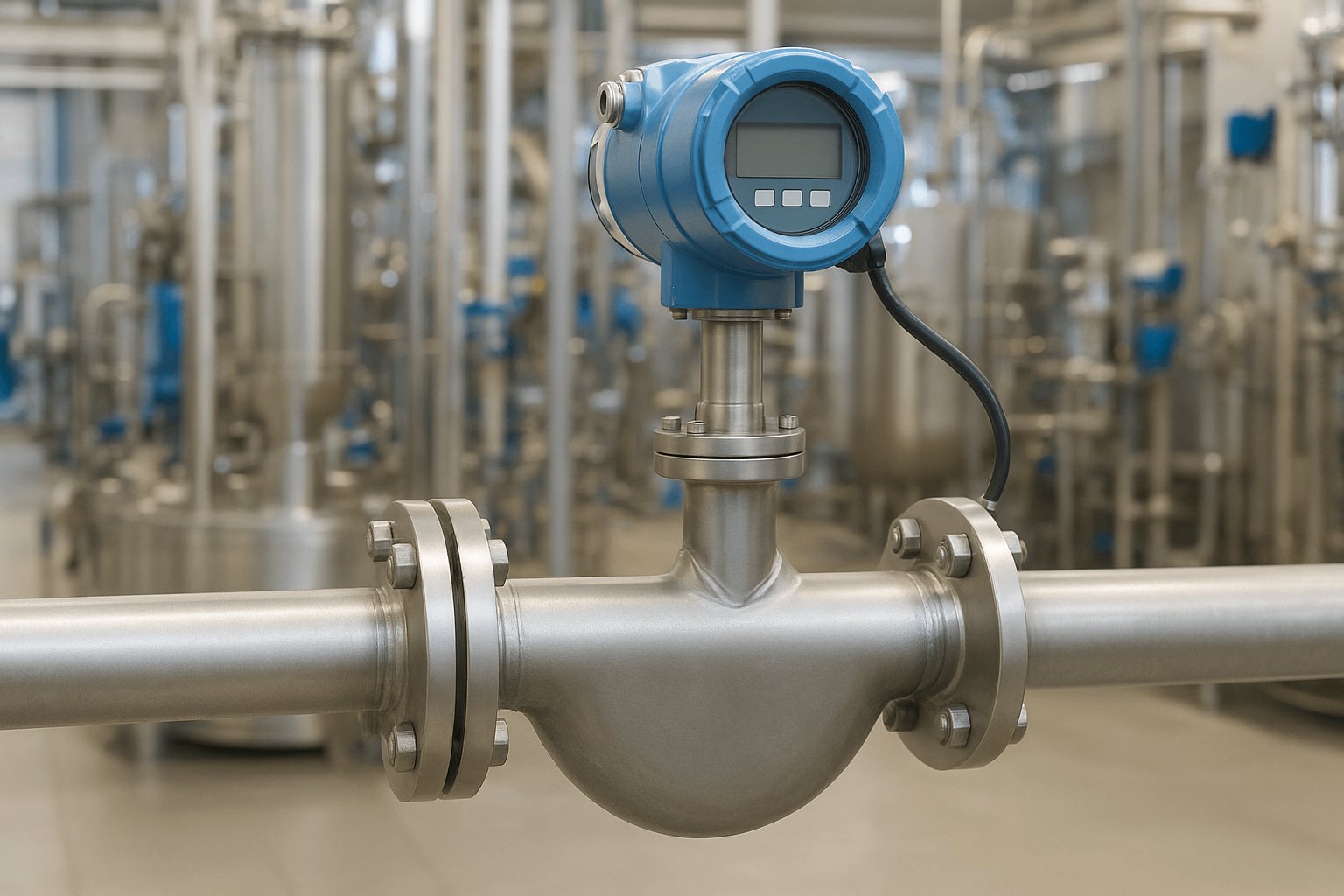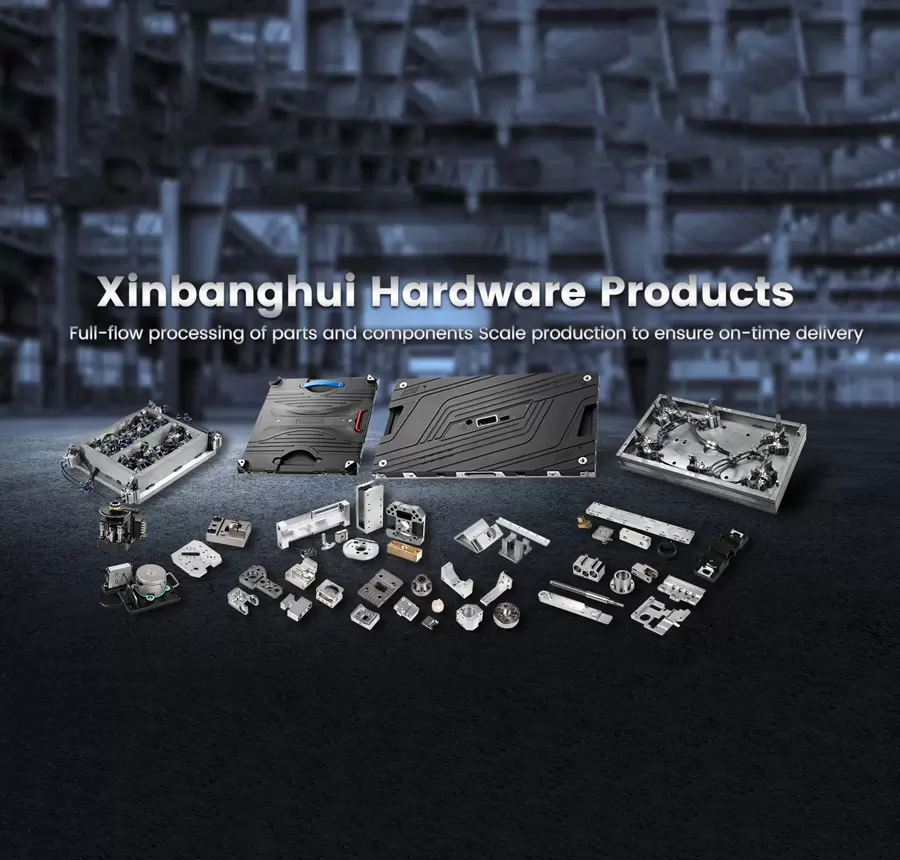Mastering Circuit Control: The Role of Electrical Components in Opening and Closing Circuits
In the realm of electrical engineering, the ability to control the flow of electricity is paramount. One of the fundamental aspects of this control lies in the use of electrical components that manage the opening and closing of electrical circuits. Understanding these components not only enhances our grasp of electrical systems but also empowers us to design more efficient and reliable circuits. This article delves into the various types of electrical components that serve this critical function, their operational principles, and their applications across different industries.
Understanding Circuit Control
At its core, an electrical circuit is a closed loop that allows current to flow. The ability to open (interrupt) or close (complete) this loop is essential for controlling electrical devices. This is where electrical components come into play. They act as switches, sensors, or relays, enabling or disabling the flow of electricity based on specific conditions or inputs.
Key Electrical Components for Circuit Control
- Switches:
Switches are the most straightforward components used to control circuits. They can be mechanical, such as toggle or push-button switches, or electronic, like solid-state switches. When a switch is closed, it completes the circuit, allowing current to flow. Conversely, opening the switch interrupts the current. Switches are ubiquitous in everyday applications, from household appliances to industrial machinery. - Relays:
Relays are electromagnetic switches that use an electromagnet to mechanically operate a switch. They are particularly useful in applications where a low-power signal needs to control a high-power circuit. When an electrical current passes through the coil of the relay, it generates a magnetic field that pulls a lever, closing the circuit. Relays are commonly used in automotive systems, home automation, and industrial control systems. - Contactors:
Similar to relays, contactors are designed to control high-voltage circuits. However, they are built to handle larger currents and are often used in motor control applications. Contactors can be operated manually or automatically and are essential in systems that require frequent switching, such as HVAC systems and industrial machinery. - Transistors:
Transistors are semiconductor devices that can act as switches or amplifiers. In digital circuits, they are used to control the flow of current based on input signals. Transistors can switch on and off at incredibly high speeds, making them ideal for applications in computing and telecommunications. They form the backbone of modern electronic devices, enabling complex circuit designs. - Opto-isolators:
Also known as opto-couplers, these components use light to transmit signals between two isolated circuits. They provide electrical isolation while allowing control of one circuit by another. Opto-isolators are crucial in protecting sensitive components from high voltages and are widely used in data communication and control systems.
Applications Across Industries
The ability to control electrical circuits is vital across various sectors:
- Consumer Electronics: From smartphones to smart home devices, switches and transistors enable user interaction and automation.
- Automotive: Relays and contactors are integral to vehicle systems, managing everything from lighting to engine control.
- Industrial Automation: In manufacturing, contactors and relays control machinery and safety systems, ensuring efficient operation and worker safety.
- Telecommunications: Transistors and opto-isolators facilitate signal processing and data transmission, forming the backbone of modern communication networks.
Conclusion
The electrical components that control the opening and closing of circuits are essential for the functionality of countless devices and systems. From simple switches to complex transistors, each component plays a unique role in managing electrical flow. Understanding these components not only enhances our knowledge of electrical systems but also equips us with the tools to innovate and improve technology across various industries. As we continue to advance in the field of electrical engineering, the importance of mastering these fundamental components cannot be overstated. Whether you are a seasoned engineer or a curious enthusiast, delving into the world of circuit control will undoubtedly enrich your understanding of the electrical landscape.




